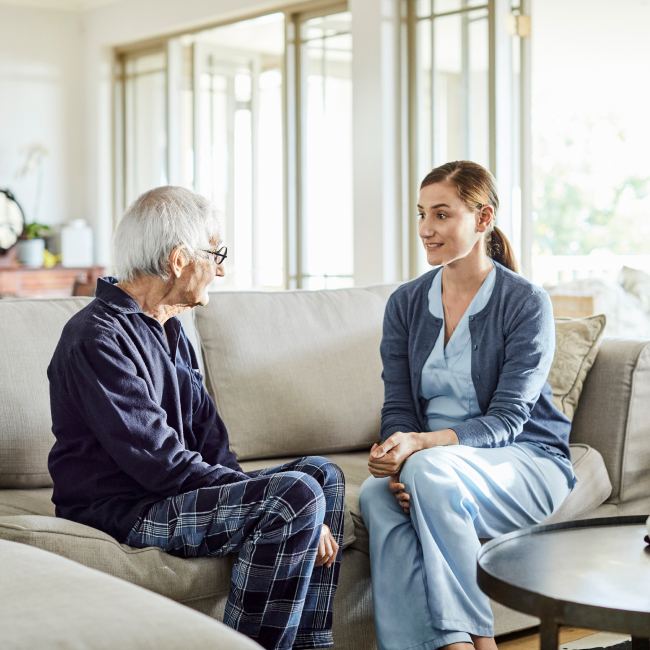- Home
- Resources
Resources

Let's Transform How Care Is Delivered
Collaborate more with staff and partners, get paid faster, and provide exceptional care. Let us show you how.
Learn More
Collaborate more with staff and partners, get paid faster, and provide exceptional care. Let us show you how.
Learn More